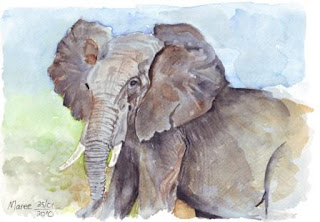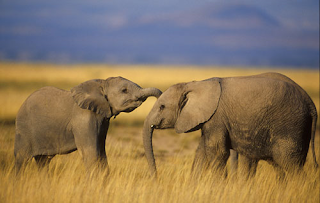
MIDMARSH JOTTINGS: Those Black Ducks
.
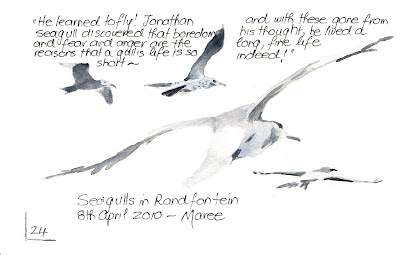

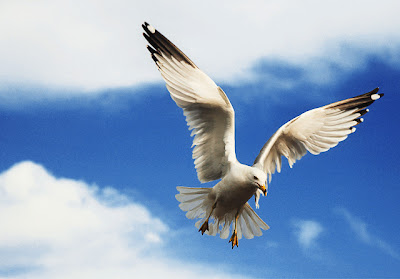

Info from "Everything You Want To Know about Hedgehogs - Dilys Breese"
.

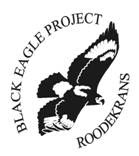
What’s Happening at Roodekrans
The ‘Black Eagles of Roodekrans’ have started to re-furbish their nest for the next breeding season. Large sticks and branches are being brought to the nest with Emoyeni carefully placing them where she would like them to go – this is woman’s work and Thulani is chased from the nest – his job is to supply the furnishings.
The good news is The Black Eagle Project played an intrinsic part in the prevention of a large housing development in Proteadal Ext 1. This area falls within the vital Paardekraal Ridge hunting territory of the black eagles, which is necessary for their continued survival in this area. The Gauteng Department of Environment passed a negative Record of Decision for the continuance of this development mainly because the site is located on an untransformed ridge, which is considered to be part of a wildlife corridor important to connecting biodiversity in the area
The Black Eagle Project would like to get the cam running again this year, unfortunately it is going to cost in the region of R32 000.00. We have so many queries as to why ‘live from nest’ is not on the Internet; well, the reason is we just have not got the funds to be able to convert to digital. Africam has put together a proposal on the project at hand and this can be emailed to you should you be interested in sponsoring this project. We would include your business logo or name on our web page and at the TV monitor at the Visitor’s Centre at the entrance to the Walter Sisulu National Botanical Garden. National and international supporters would then be able to watch the eagles on the nest during their breeding season – February to October.
We have still not had a ruling on the case against Sugarbush Estate, which was heard in court in November 2009. Who says the wheels of justice turn slowly! We also need funds urgently to continue with this case, as we are responsible for paying any disbursements and court costs. We have a very good chance of winning this case but need financial support from the public.
This year we would like to attach a patagial tag in conjunction with a ring to the juvenile. Blood will be taken to sex the bird and to store DNA at the blood bank for further research. For us to be able to do this we need approximately R10 000.00, this will be used to pay the researchers from Pretoria/ Wits Universities, who do the job and to purchase the tag. By doing the tagging it will be easier to identify the bird out in the field – from the sightings we are able to understand the flight patterns and it lets us know where these young eagles go after leaving the natal area.
I appeal to all our supporters please donate and help us keep the eagle safe for everyone to enjoy. They deserve to stay in the area as this is where they belong – they where here long before all the development. We understand that times are tough out there so any amount will be greatly appreciated.
Thank you for your continued support the eagles really appreciate it.
Yours in conservation
Libby Woodcock
Project Co-ordinator
Banking Details:
First National Bank
Account Number: 62108581043
Branch Code: Randridge Mall 255-955
Swift Code: FIRNZAJJXXX (International Deposits Only)
Account Name: Black Eagle Project Roodekrans Inc
Kindly use your company name or surname as a reference.
If possible email deposit slip to verreaux@mweb.co.za


